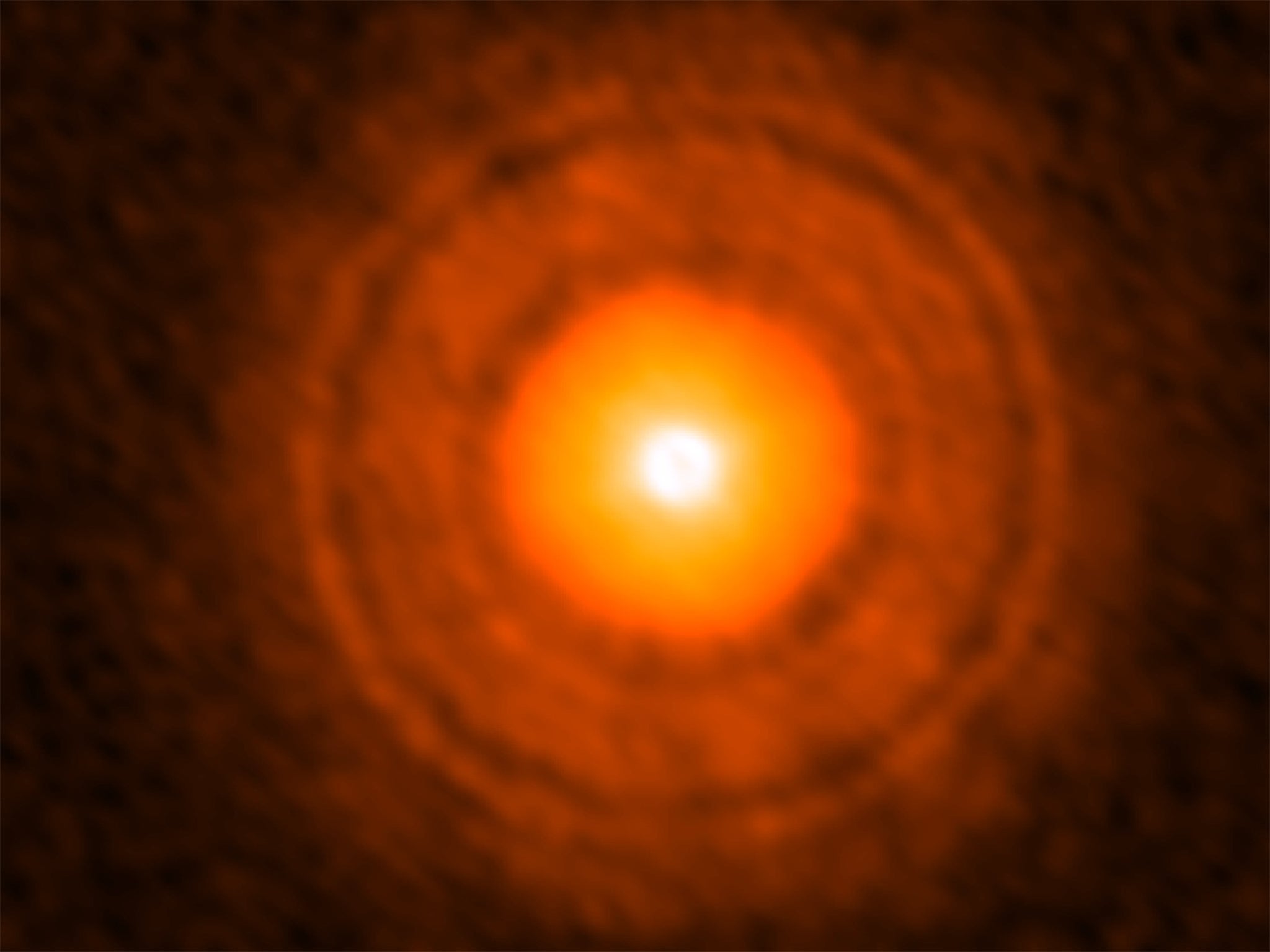Astronomers discover signs of giant planet being born in star's dust cloud
The birth took place 176 light-years away from Earth

Signs of a planet being born around a star have been discovered by astronomers.
The star is 176 light-years from Earth and was observed through an array of radio telescopes in Chile.
It is thought the new planet is similar to Uranus or Neptune and is an ice giant, according to the National Astronomical Observatory of Japan (NAOJ).
Researchers used the Atacama Large Millimeter/submillimeter Array (ALMA) to find the signs of the birth and believe this is a huge step towards understanding the origins of various other planets.
The findings are set to be published in Astrophysical Journal Letters.
ALMA is made up of 66 antennas on the Llano de Chajnantor, a group of astronomical observatories at an altitude of over 4.800m in the Atacama Desert of northern Chile.
Astronomers are able to see the dust that obscures parts of the sky as the antennas capture and concentrate radio waves.
The star, TW Hydrae, is one of the closest young stars to Earth and is estimated to be around 10 million-years-old.
Join our commenting forum
Join thought-provoking conversations, follow other Independent readers and see their replies
Comments
Bookmark popover
Removed from bookmarks